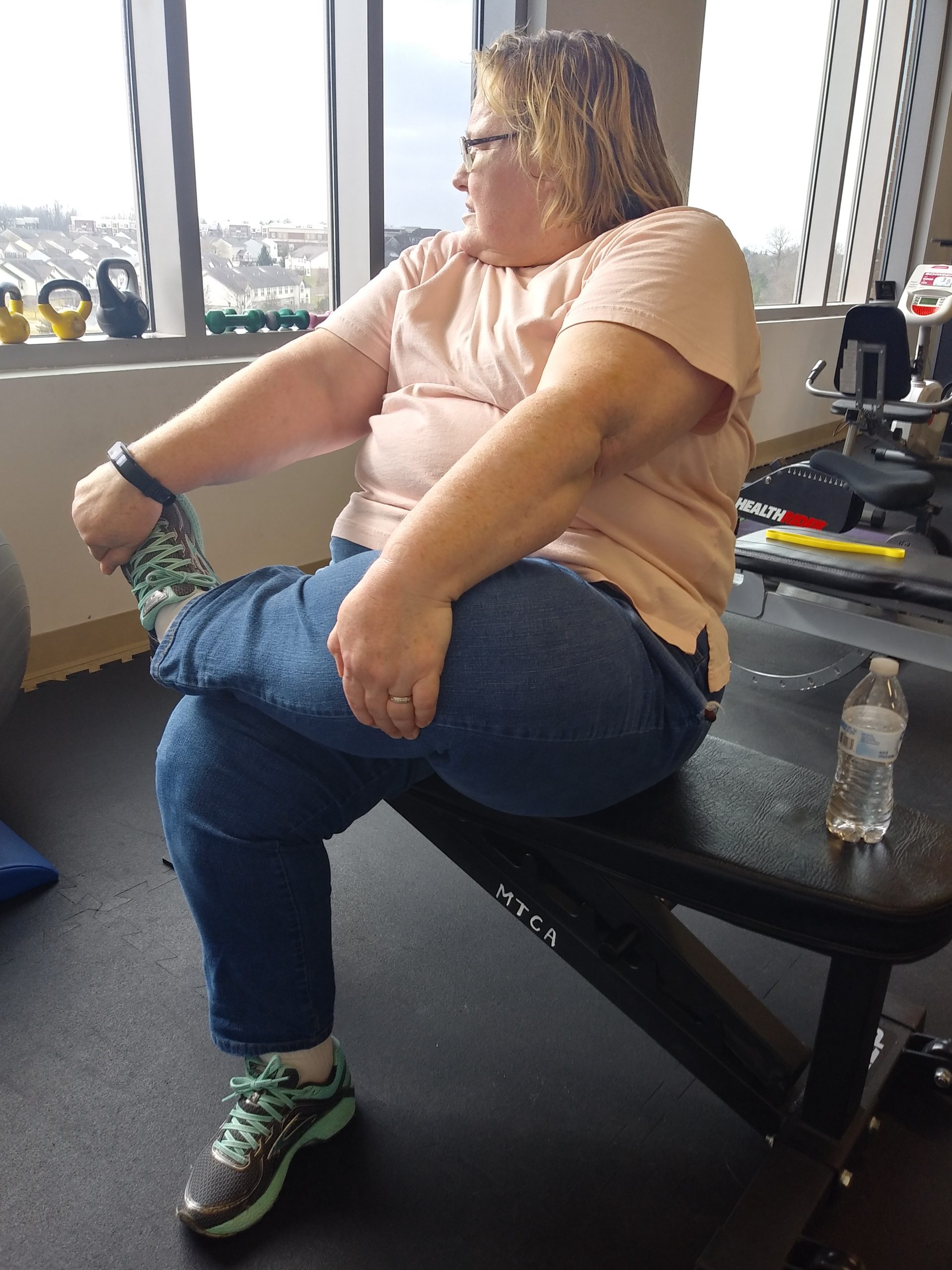by Matt Stemley
Do you have achy joints?
Have you heard of the “Kinetic Chain”?
Pain is something that NOBODY wants to deal with! It makes us feel incapable of doing whatever we had on our agenda and keeps us from FULLY enjoying the things we want to do when we always have something “nagging” us.
Most people would agree that during and after cancer treatment your body tends to be more achy. Today we are going to talk to you about the importance the “kinetic chain” and how it relates to keeping our bodies MOVING BETTER and FEELING BETTER!
What is it?
The kinetic chain is the relationship that our joints have with one another to allow us to exist, move and do the things we ask of our body. In the body we have evolved to develop different kinds of joints but generally these joints can be generically classified as either “favoring stability” or “favoring mobility”.
Our bodies alternate “stable” joint, “mobile” joint, “stable” joint, “mobile” joint etc. The purpose of this alternating pattern is that our “stable” joints help to develop power, strength and force by moving more within a fixed range-of-motion. Our “mobile” joints are designed to disperse force in the body and permit us to move in a multi directional fashion. If we start at the bottom and work out way up our body, the pattern looks like this:
- Toes: Stable joint
- Ankles: Mobile joint
- Knees: Stable joint
- Hips: Mobile joint
- Lower back: Stable joint
- Mid back: Mobile joint
- Upper back/Neck: Stable joint
- Shoulders: Mobile joint
- Elbows: Stable joint
- Wrists: Mobile joint
- Fingers: Stable joint
As we get older, we tend to get increasingly stiff due to declining exercise habits, and if we develop cancer we may have surgeries, radiation or chemotherapy fatigue that may make us more stiff. When a “mobile” joint becomes more stiff it decreases the amount of force that is evenly dispersed by the joint. The result is that now the “stiff mobile joint” will pass more force up the kinetic chain to the next joint. That next joint is now going to take on WAY MORE force than normal. Overtime this can REALLY beat up our cartilage, ligaments and joints making joint pain worse and aches more common.
A common example of this is people with tight ankles (plantar fasciitis or Achilles tendon problems). When the ankle starts to become more stiff it will send more force up the leg to the knee. Again, our knee is designed to be stable. As the knee takes on MORE and MORE force it becomes increasingly more unstable. Our knee is surrounded by important ligaments like our ACL, LCL, PCL, meniscus, patellar tendon etc. These ligaments/tendons are in place to make sure our knee stays stable. Excessive force resulting from tight ankles will wear the ligaments and tendons down and can result in nagging joint pain. Another example is the hip! If someone starts to get more stiffness in the hip (aka, their hip becomes less mobile) then their hip will now start to pass on more force to the low back. Another example is our mid back! As our mid-back gets less mobile/more stiff it passes more force up into our our neck and can contribute to frequent headaches, migraines and neck pain.
You see, sometimes the “problem area” is not actually the cause of the problem. Often times you may need to look above or below the affected area and assess the next set of joints to see if they are affecting your problem area. AND, who better to assess these things OR to help you regain your health PROPERLY than a trainer!
At Maple Tree we employ certified Exercise Oncology Instructors that have been taught:
- What is cancer?
- What kind of treatments exist for someone with cancer?
- How do these treatments affect the body of a cancer patient/survivor?
- What kind of exercise intervention should I use for someone based upon their treatment?
- How do I keep someone the safest while making sure they stay on track towards meeting their goals?
If you have been diagnosed with cancer we would love to talk to you about getting started at Maple Tree!
Please go to www.mapletreecanceralliance.org and click on the “contact us” tab! Mention that you are a “cancer patient” or “cancer survivor” and ask if you could have a representative talk to you about the services you are eligible for!
Our 1-on-1 exercise training is available both virtually and in-person! BOTH are totally free! What do you have to lose!! Get THE best after your treatment! Don’t let your treatment get the best of you!

